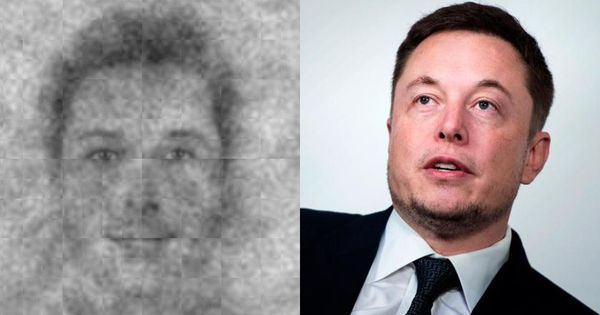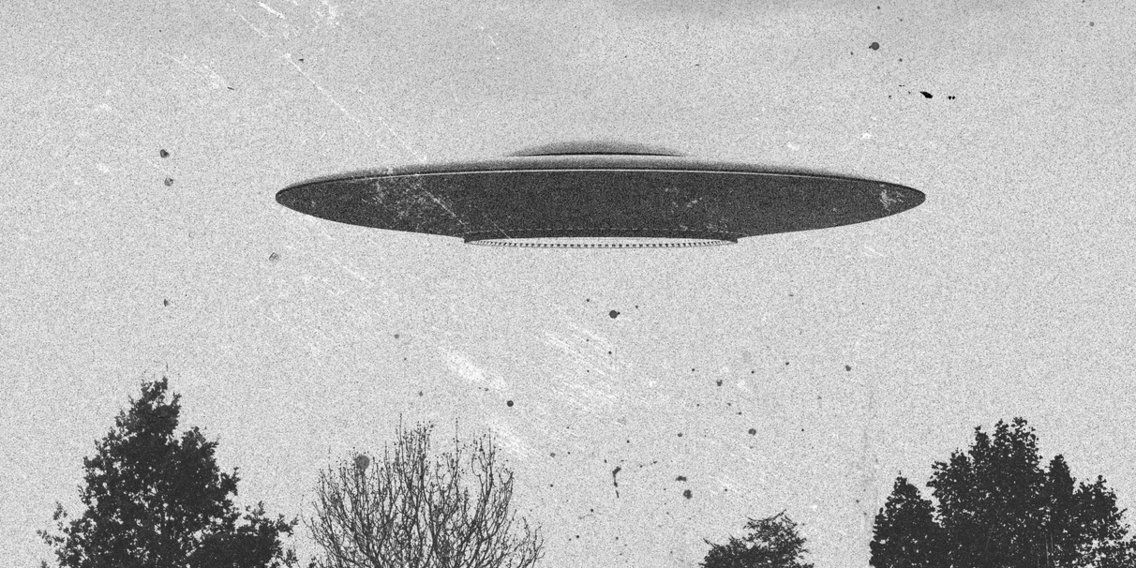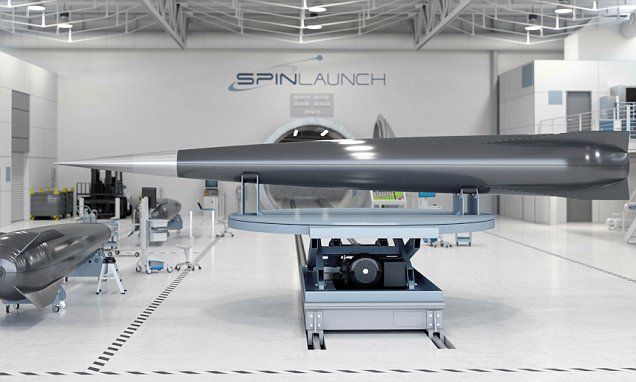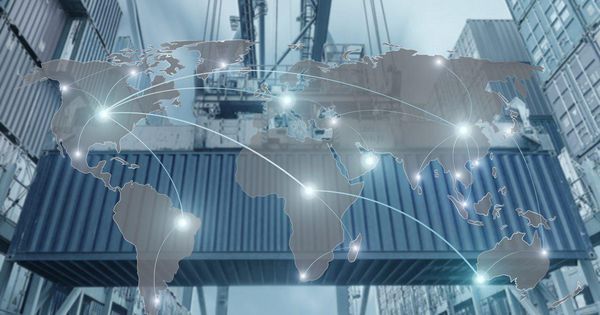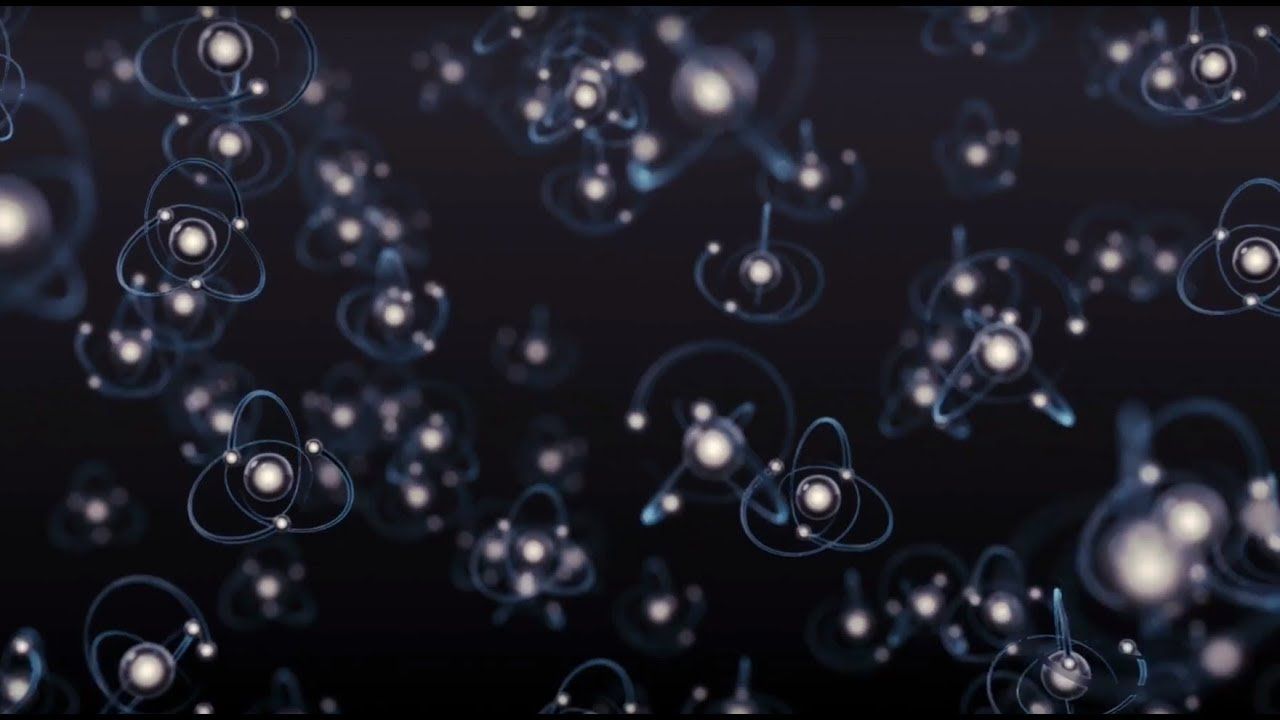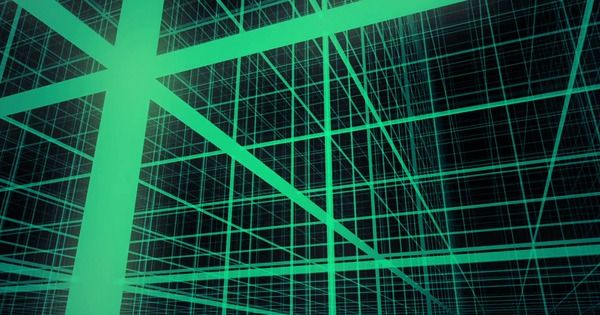Almost anywhere in the world, an HIV-infected woman who has an uninfected partner and wants to have a baby would be first in line to receive ARVs. The challenges Katia faced in getting treatment amid Russia’s epidemic highlight the country’s faltering response, which critics have blasted as misguided, lackadaisical, and downright dismissive. Some federal health officials even question the term epidemic. “This is a very large and very serious epidemic, and certainly one of the few epidemics in the world that continues to get worse rather than get better,” says Vinay Saldanha, the Moscow-based regional director for the Joint United Nations Programme on HIV/AIDS (UNAIDS) in Eastern Europe and Central Asia. “This is a public health crisis.”
The government has begun to confront its shortcomings, but critics want more aggressive change.

